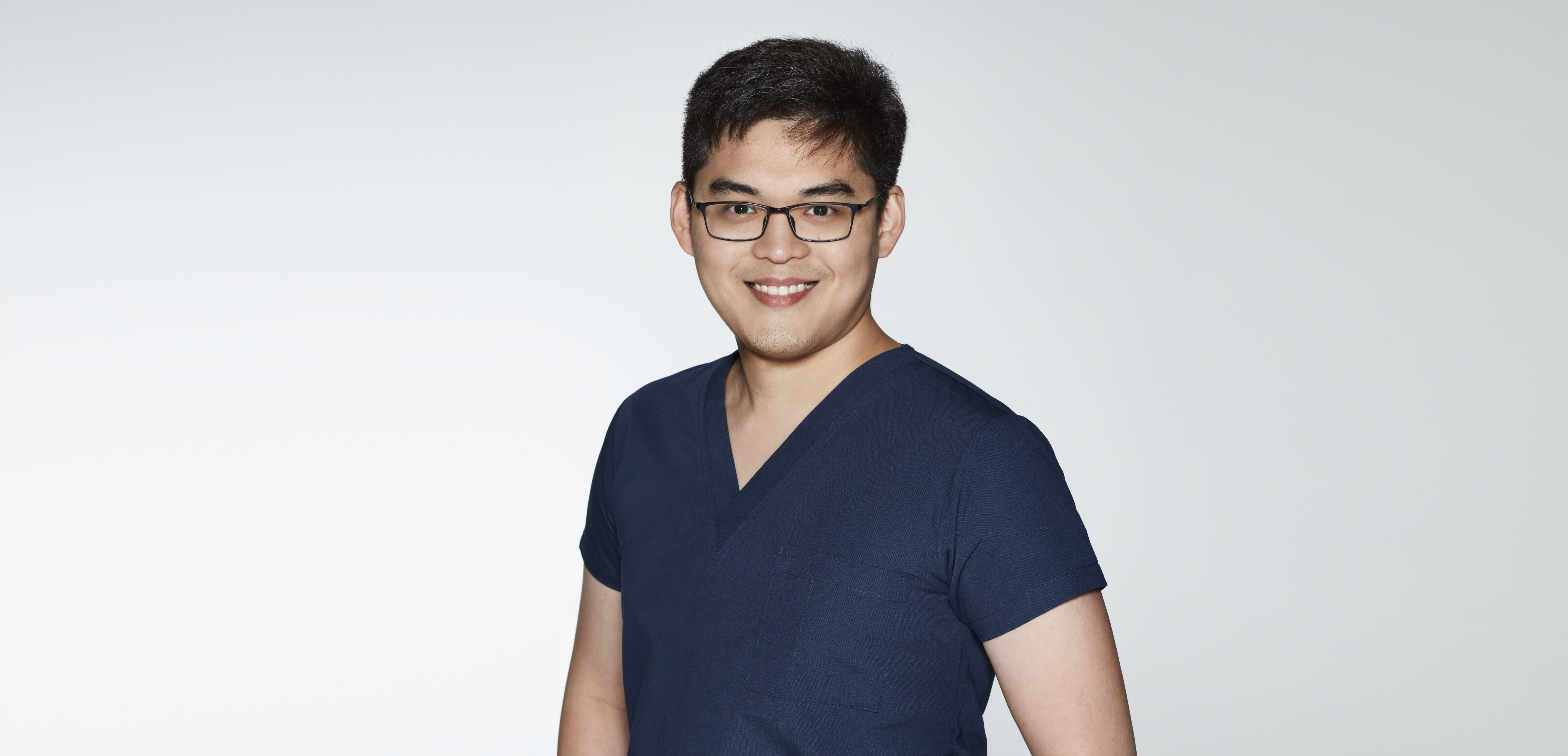From Medical Doctor To Director Of Clinical AI

How does a doctor start working in AI? For Jarrel, AI was always a topic of interest but the journey into the field wasn’t always linear. After becoming a medical doctor and then doing a further 5 years in training as a radiologist, he saw how AI had the capacity to improve diagnostics and wanted to work at the intersection of medicine, computing and artificial intelligence.
“It was always pretty obvious to me that AI was going to change the way medicine was done. It also became apparent to me that the first places where AI or deep learning would make the biggest impact was in diagnostic specialties because these are the specialties that there’s a defined input and output. And so there’s a clear idea of what the AI needs to achieve, as opposed to sort of more nebulous concepts.”
“I was at a conference on the application of AI in diagnostics when I met one of my good friends Aengus who founded Harrison.ai and that’s how I ended up here today.”
Optimism About AI Is Rising
There’s been a big shift in the perception of AI in the last few years. Jarrel shares that this is not the first time that clinical decision support systems have emerged in the clinical world. “If you roll back to 20 years ago and you look at a very specific subfield, you look at mammography in the US, that was actually all the rage.” However, at that point, the CDSSs weren’t quite ready. Jarrel explains this below:
In recent years, there has been a notable resurgence of AI as a widely discussed and popular topic, extending beyond the medical field. This has led to a realisation that today’s neural networks have made remarkable advancements, and the new generation of doctors have even come to now expect these tools to be available.
The advancements of software in the medical field today is exemplified by the use of CT perfusion software. This software plays a crucial role in diagnosing acute infarcts, which are strokes caused by restricted blood flow to the brain due to a blood clot.
In the past, treatment options were limited, but with the advent of perfusion software, complex mathematical modelling now helps identify which areas of the brain are at risk of dying and which parts have already died. This critical information enables healthcare professionals to determine the risk-benefit ratio of surgical intervention and clot removal.
Creating a Baseline for Diagnosis
“Humans have a perceptual system which is geared towards natural imaging. It’s geared towards seeing things in our world, navigating around obstacles. It’s not geared for looking at CT scans, X-rays or MRIs. Humans are slow, they are fallible, their attention span varies throughout the day. If they just had a big lunch, they might be a bit sleepy. If they are about to go home, they might be rushing. So it makes a lot of sense that an AI which can provide a baseline of diagnosis which is constant, and even if it’s just equivalent to a human, the fact that it never deviates from its expected performance is something that is desirable”.
Jarrel shares that this baseline of diagnosis will ideally help medical professionals focus on the scans that do need urgent attention. In reality, the majority of scans are close to normal but doctors still have to trawl through a lot of data and assess which 1 out of 100 is abnormal.
“Having the AI to draw your attention to the scans which are actually abnormal means that you can focus your time on that 1 in 100 and not have to spend your time worrying about looking at every pixel on the other 99.”
AI’s Shifting Place In Medicine
Jarrel puts forward the idea that we’re on the precipice of an AI-powered healthcare system which could change medical outcomes for millions. This is especially true for those in developing countries where access to medical treatment and diagnosis can be scarce.
He uses an analogy to internet access to describe how AI is working faster and more effectively in countries where care pathways aren’t as developed, as technology can build a whole new pathway as opposed to trying to weave AI into a very established medical pathway. Listen to this:
In Western countries, he highlights the very labour intensive processes where human skills take precedence. In these countries, getting AI to compare with what a human can do is challenging. However, in countries with severe clinician shortages where human medical diagnosis isn’t available, AI powered diagnosis emerges as a superior alternative to the absence of any medical diagnosis.
“Healthcare networks in Western countries have existing pathways to deliver care. And this is a very literal meaning of the word pathway. Patients have an expected path through the health system. They go through the GP, they get a referral, go to a specialist or they get a CT from a radiology practice, and they get a report, they get diagnosed, go back to the subspecialist. And there’s a lot of touch points, very human intervention oriented.
Whereas if you were to go to a country which doesn’t have any of this, say a country like Vietnam where there’s maybe two radiologists per million people, their pathways look very different because most x-rays are never read by radiologists in Vietnam. They just don’t have enough radiologists. So what happens is that the taking of the X-ray is decoupled from the reading of the X-ray. You can actually go take an X-ray just from Bill in his motorcycle shop down the road, who’s got a secondhand X-ray machine, and then you get your own X-ray and you deal with it.
In these cases, the application of AI is far easier and more accurate. We don’t have to weave it into existing care pathways and it’s already doing a better job than the alternative. In this sense, we can build a whole new pathway with ease.”
Harrison.ai’s Mission
As Jarrel highlights in the episode, one of the biggest problems we’re facing this century is the inequality and capacity of the healthcare system. Increases in healthcare demand combined with skills shortages are holding healthcare back. Jarrel and the team at Harrison.ai believe that AI technology can change that.

Harrison.ai is on a mission to urgently scale global healthcare capacity, using AI automation to elevate the care clinicians can provide.
You can listen to the full episode and explore other episodes of ‘Millions’ on our podcast page.
If you’re keen to hear more from Jarrel, check out our World Shapers panel event From 1308 to 2023: Where AI started, and where we’re going, a thought-provoking session covering the origins of AI, what it can do today, and how we can use it to move humanity forward.









